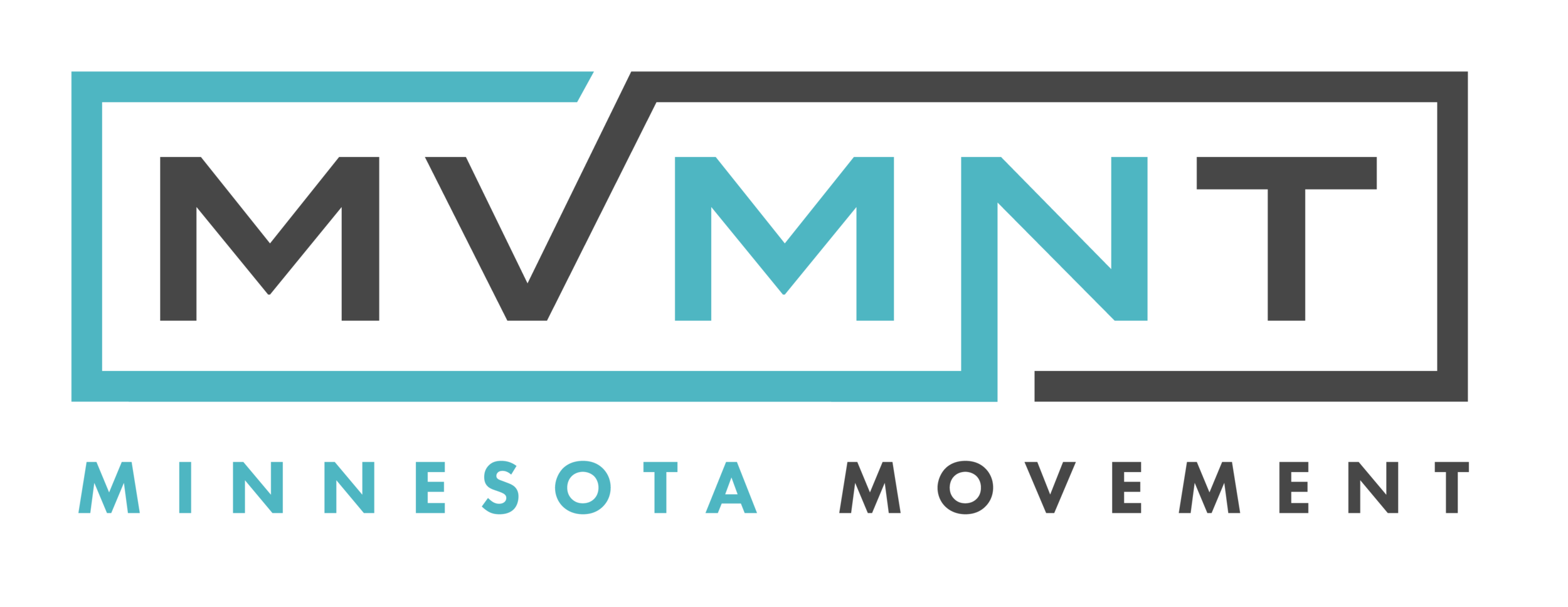Flexibility vs. Mobility: What's the difference?
Same thing right? Tomato/Tome-AH-Toe.
Wrong. Very Wrong!
What is flexibility?
Flexibility is defined as the availability for a muscle to be at a lengthened position across a certain joint. So, for example, the flexibility of the hamstrings group could be tested by you laying flat on your back and having someone slowly, gently lift your heel off the table as high as it goes. There should be zero effort by you when testing flexibility.
What is mobility?
Mobility is defined as the brain's control of a range of motion at a muscle's lengthened position across a certain joint. To stick with the hamstrings example; we would test the mobility of this muscle group by actively engaging our hip flexors in order to 'stretch' the hamstrings. Whether this is done laying, seated, standing - it shouldn't matter.
What's the big takeaway with the difference? One the brain gets to control, the other has little-no control. This is important because our brain is the KING (or queen) when it comes to movement. If you want to bend forward and touch your toes, but your brain doesn't trust your glutes, core, quads, etc to get you back up guess what happens?
Yep! Your brain 'locks' up your hamstrings making them 'tight.' Your brain knows that your body won't be able to get you back upright and it shuts everything down.
Is being flexible bad? Nope! Not at all. Having the ability to get tissues into a long position is awesome. It's what lets us tie our shoes, sleep in weird positions, do pigeon poses, and so much more. But the problem we face is that our Flexibility Range of Motion (fROM) will always be bigger/further/greater than our Mobility Range of Motion (mROM).
What we here at Minnesota Movement try to implement into our care plan is building MOBILITY not just flexibility. This is important because the closer we can get our Mobility Range of Motion (mROM) to get to our Flexibility Range of Motion (fROM) - the less risk of injury we have.
Why is that? Why do we see less injury?
Well, let's start with explaining why non-traumatic injuries happen: If I take your ankle and start pulling it sideways eventually you're going to 'sprain/strain' it. Right?
That's one step past your mROM. If I keep pulling, eventually those tissues reach their threshold (fROM) and a tear of the tissue, muscle/tendon/ligament, might occur. But what if I only pull it 25% of the way to your mROM? Yep. No damage. You're still not happy, because I just yanked on your ankle. But there isn't any damage.
According to the graph above, if we induce Force;
1. Above our range of flexibility we get things like Muscle/Tendon/Ligament tears.
2. Between Mobility and flexibility we might get a low-grade Strain/Sprain.
3. Below mobility we are HAPPY and HEALTHY!
So what if we can get your ankle's mobility to be as close as possible to its flexibility?
No tears OR sprains OR strains OR un-happiness.
Zero damage what-so-ever.
How we gain mobility differs greatly from person to person. If you're interested in learning more, let us know and we'd be happy to get you into the chiropractic clinic just to chat!

